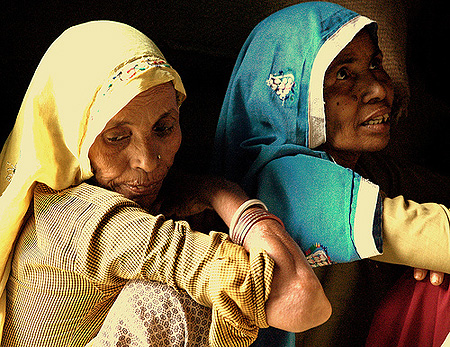
The prime minister of Bangladesh, Sheikh Hasina’s request for an investigation into the activities of the Grameen Bank (the Nobel Prize winning microfinance initiative), has revealed that something has been going wrong with the promising development approach of microfinance. For years, the collection of critical voices was been increasing and growing louder.
What were once considered isolated issues seem to point to chronic (and perhaps systemic) problems. Politicians now seem to feel compelled to draw attention to them, with some even going so far as to encourage people not to repay their loans. It is unclear, however, if the tide is truly turning against microfinance and existing problems are becoming systemic, or if these problems are mostly isolated.
A closer look at some of the complaints and allegations reveals the following major flaws:
Poverty and indebtedness
The original intention underlying the strategy of providing micro loans to the poor, was to support the small business efforts and low-scale entrepreneurial efforts of people living at or below the poverty line. In this area, microfinance still remains very successful and is highly regarded. This approach was envisioned as a way to bring development aid directly to to those activities that could become productive and expand economic activity. The benefit was to cut out the “middle man” (government and other agencies) where aid money could be redirected from those who most needed it.
However, where the results of microfinance become less positive (and the intentions blurred) is where microfinance services provide loans to individuals for non-productive activities. Critics have noted that microfinance providers provide loans to those who qualify, even when these individuals want to buy consumable commercial goods or other necessities. In broad terms, this is a simple banking transaction. But, one of the consequences is that for those who cannot afford repayment and will not generate additional income from their activities which the transaction supports, microfinance can add the additional burden of indebtedness.
Getting rich off the poor?
Until recently, the microfinance activities of NGOs were completely unregulated, although this is beginning to change. Over a decade ago, efforts to monitor activities on an international level centered around protecting microlenders from failing and offering them other support. But, increasingly, national regulatory bodies are being created to take a much more active role in the industry.
As microfinance organizations began generating high returns and moving beyond merely sustaining their activities but also successfully generating profits, microfinance began to appeal to the commercial sector. According to the New York Times, the microfinance sector is one of the fastest growing areas of banking. Major global financial institutions have begun to create packages of securities that include (and in some cases are based on) microfinance loans. (Which frankly begs the question: Could a micro lending boom be followed by a micro lending crunch?) Even the American retail chain Walmark reportedly quickly moved to gain a share of the microfinance business by acquiring a banking license to offer micro loans at its retail stores in Mexico in 2007.


